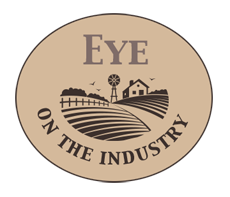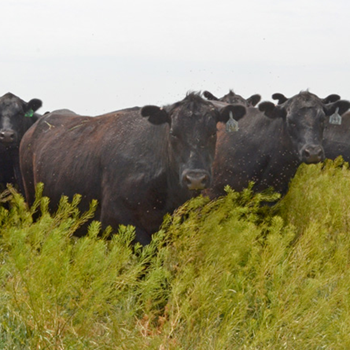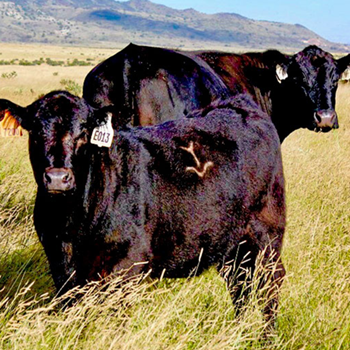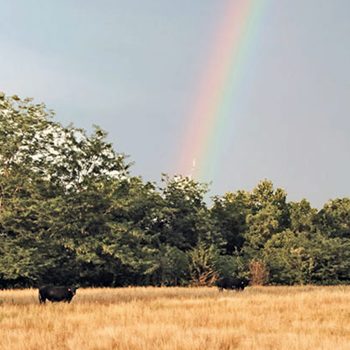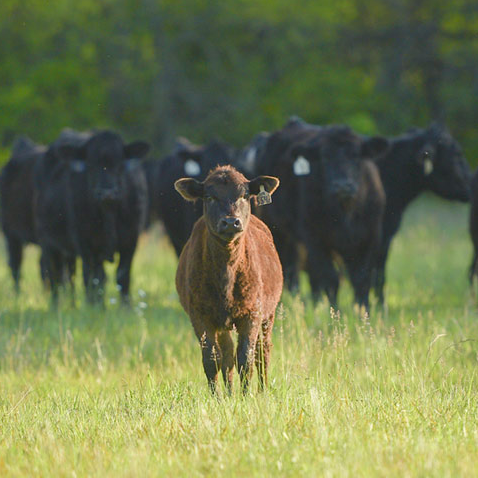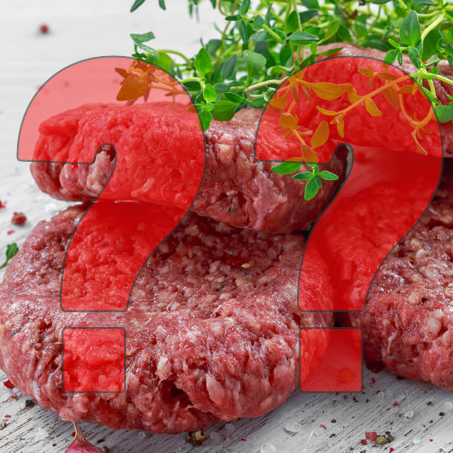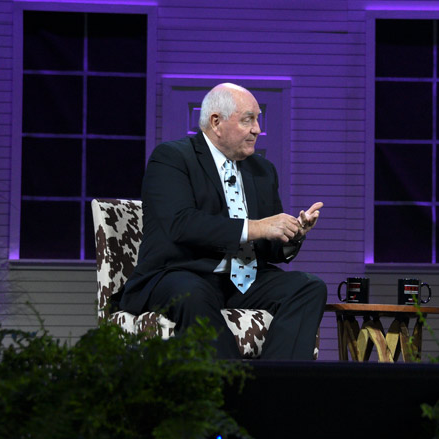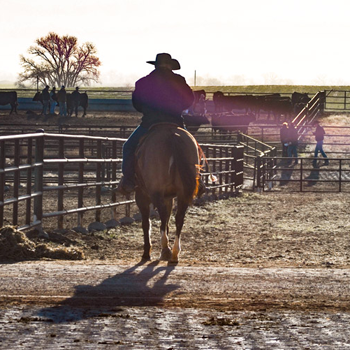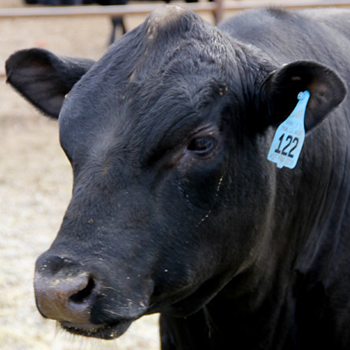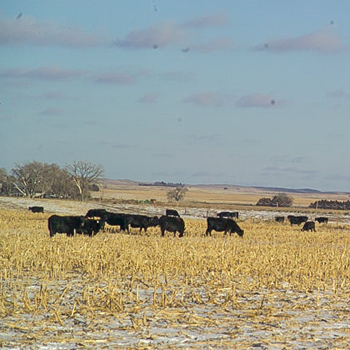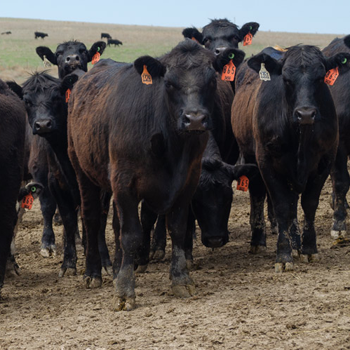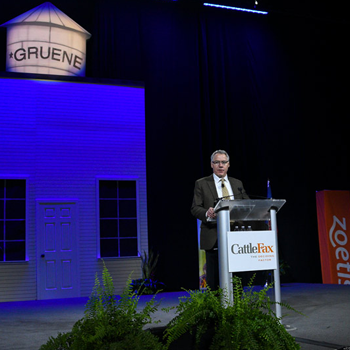BVD Vaccines
When is the best time to vaccinate?
Bovine viral diarrhea virus (BVDV) affects cattle in many ways. It can cause abortion, birth defects, stillborn full-term calves, immune deficiencies in persistently infected animals, and acute or chronic illness. BVDV is also an indirect cause of many other diseases, because it has adverse effects on the immune system.
Cheryl Waldner, veterinarian and professor of the Department of Large Animal Clinical Sciences at the University of Saskatchewan, and colleagues recently published a study looking at vaccine practices from the Western Canadian Cow-Calf Surveillance Network.
 |
Most veterinarians recommend vaccinating cows after calving, but not right at the start of the breeding season because this doesn’t give enough time for them to respond to the vaccine and build immunity. This takes at least two to three weeks for most products. |
“There is good data to show that BVD vaccines do work if used according to label directions. We also have field data from western Canada suggesting that we can reduce the average time it takes for cows to rebreed by using BVD vaccine. However, in high-risk cattle we found that unvaccinated cows are four times more likely to be open in the fall and three times as likely to abort.”
Herds using community pastures or bringing in new cattle are most likely to come into contact with this disease, with subsequent negative effects on reproduction, unless protected by vaccination.
It’s known that vaccination can help manage BVD, but producers often ask when they should vaccinate their herd. Inactivated products are generally safe at any time, she says. Modified-live virus (MLV) products are safe if used in calves, heifers and cows that are not pregnant, such as before the breeding season.
“Some MLV products are approved and labeled for use in pregnant animals under specific conditions; they could be given at the time of pregnancy testing, but only when we know for certain that they have been previously vaccinated for BVD as specified on the label, and you follow directions carefully,” Waldner explains.
Most veterinarians recommend vaccinating cows after calving, but not right at the start of the breeding season because this doesn’t give enough time for them to respond to the vaccine and build immunity. This takes at least two to three weeks for most products.
“Of the producers we surveyed, 57% used the vaccine before breeding in their mature cows, and 78% vaccinated their heifers before breeding. Twenty-two percent were using it at pregnancy testing, and 14% were vaccinating their cows before calving. Some producers opted to vaccinate during early winter processing, before calving rather than at pregnancy testing — perhaps when giving the cows a precalving vaccination for scours,” she says.
As long as producers consult with their veterinarian and follow label directions, vaccinating females as calves, again as replacement heifers at weaning, and again before breeding, those cattle should have enough immunity that they can be safely vaccinated during pregnancy. If vaccinated during pregnancy, ensure those vaccines are labeled for that option.
“You can’t vaccinate a naïve pregnant cow or heifer with MLV products without adverse results such as abortions. Both the IBR (infectious bovine rhinotracheitis) and BVD components of a vaccine could cause a problem,” she warns.
Heifers should have two or three vaccinations before they become pregnant, to have strong immunity before their first breeding.
“If there are any questions about vaccination history, you are safest using MLV vaccination before breeding in cows and heifers that are not pregnant, or an inactivated vaccine before breeding or when they are pregnant. Regarding decisions on when to vaccinate and what type of product to use, producers should discuss their management program with their veterinarian to see what might work best for their own situation. There isn’t a blanket recommendation on what is best, in terms of timing,” explains Waldner.
Editor’s note: Heather Smith Thomas is a cattlewoman and freelance writer from Salmon, Idaho.
